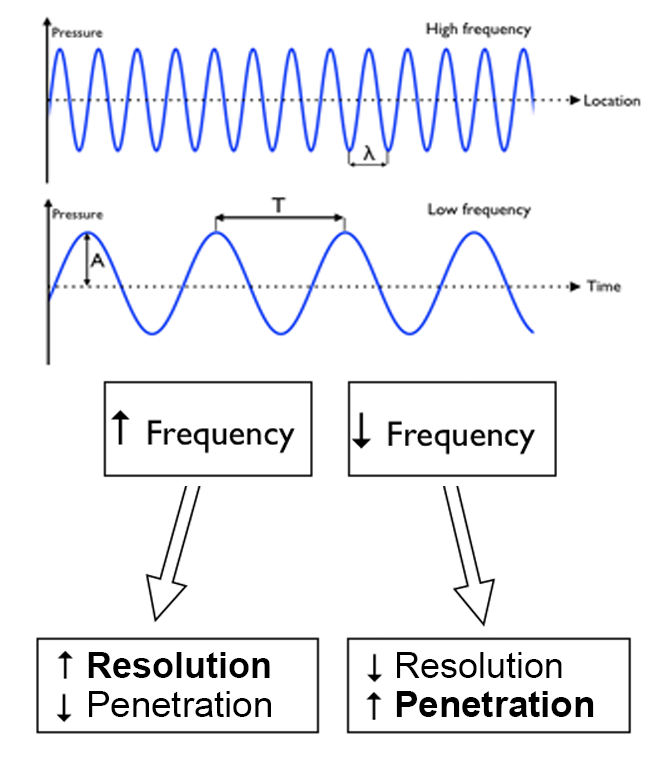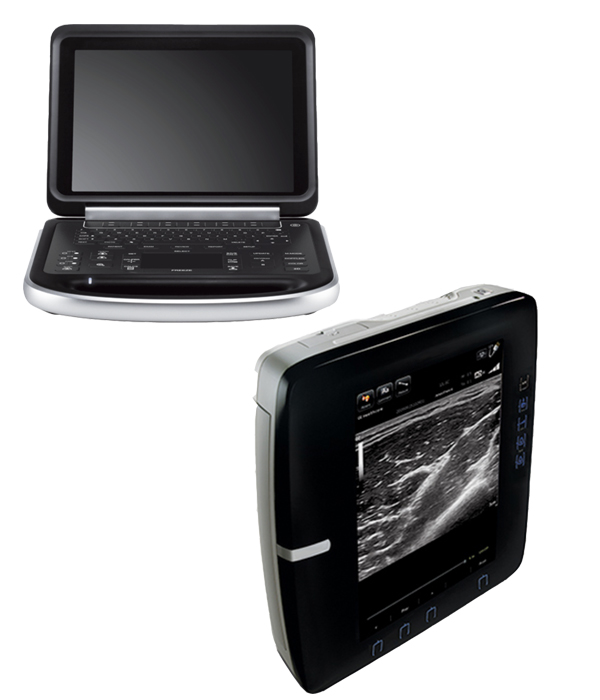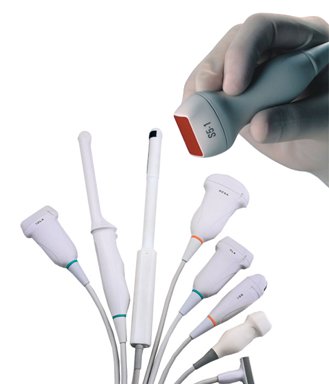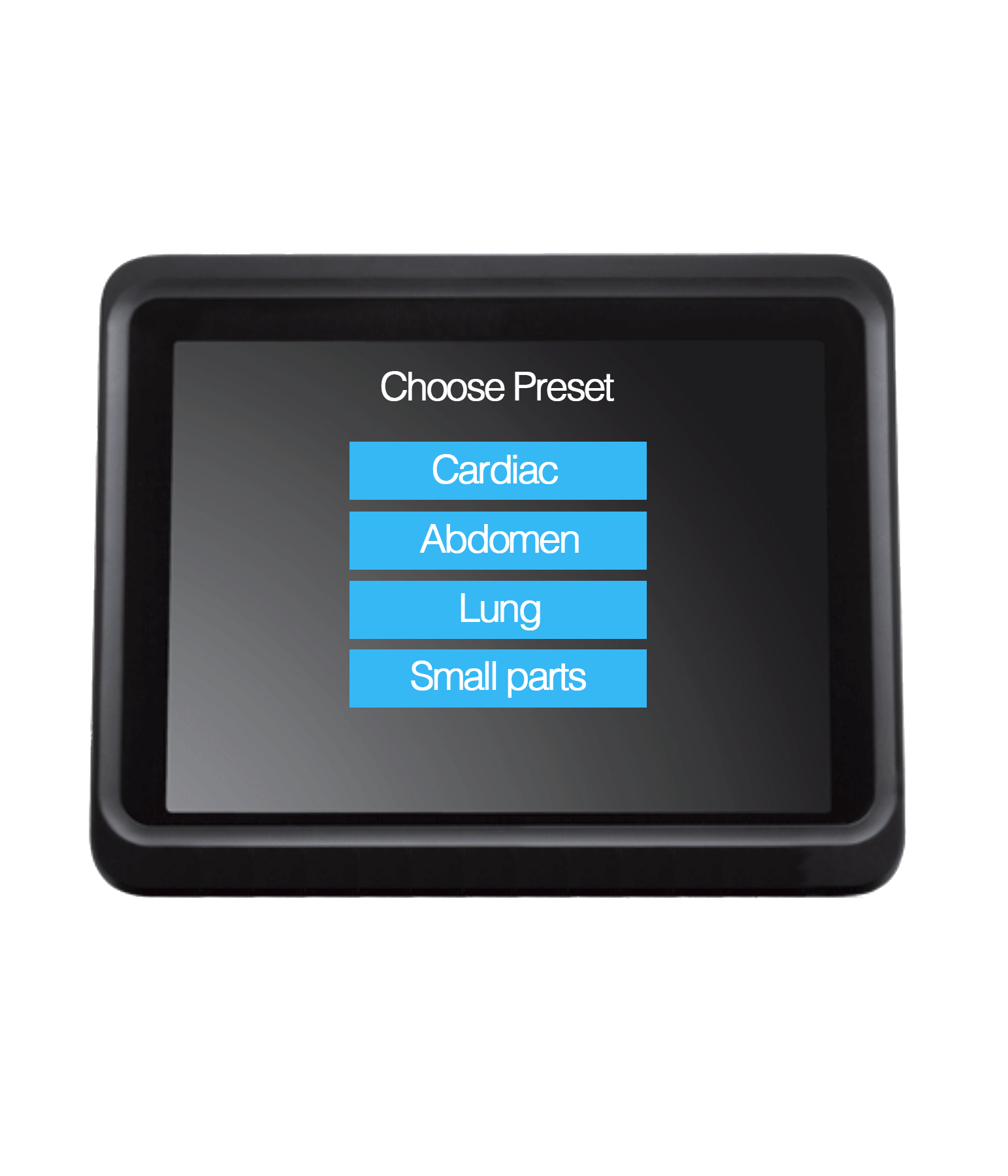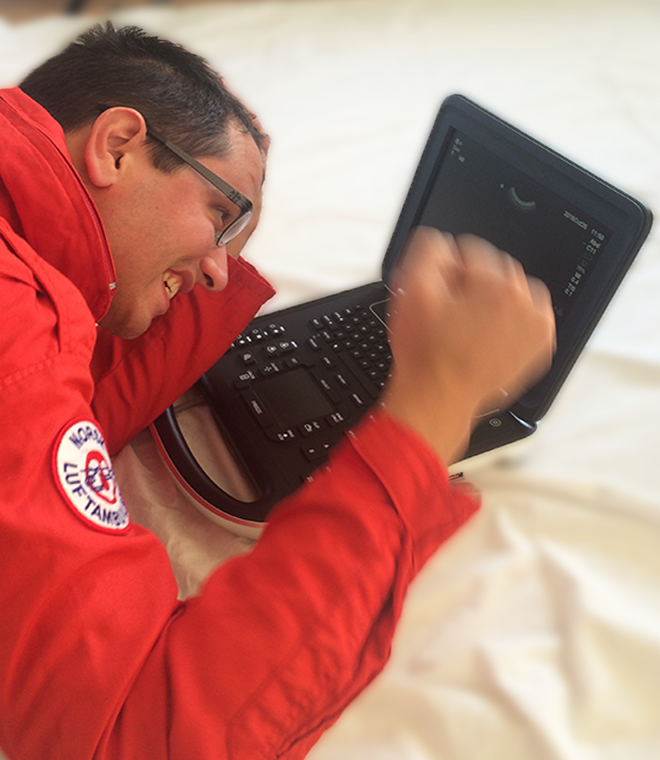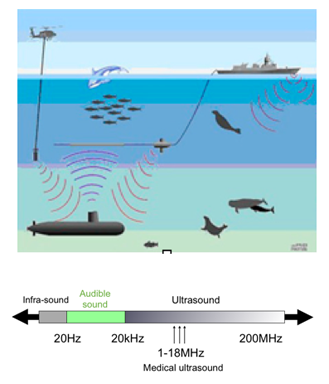Frequency
The frequency of a sound wave is equal to the number of wave tops per time unit.
The SI unit for frequency is Hertz (Hz) = wave tops pr second.
Ok, so that does not sound simple…
This is what you need to know:
The longer the distance the sound wave travels, the more energy is lost to absorption.
The ability of a sound wave to penetrate through tissue depends on the frequency of the sound wave – a lower frequency (lower number of wave tops) gives a better penetration.
On the other hand, a higher frequency (more wave tops) causes a higher resolution, but a lower penetration.
